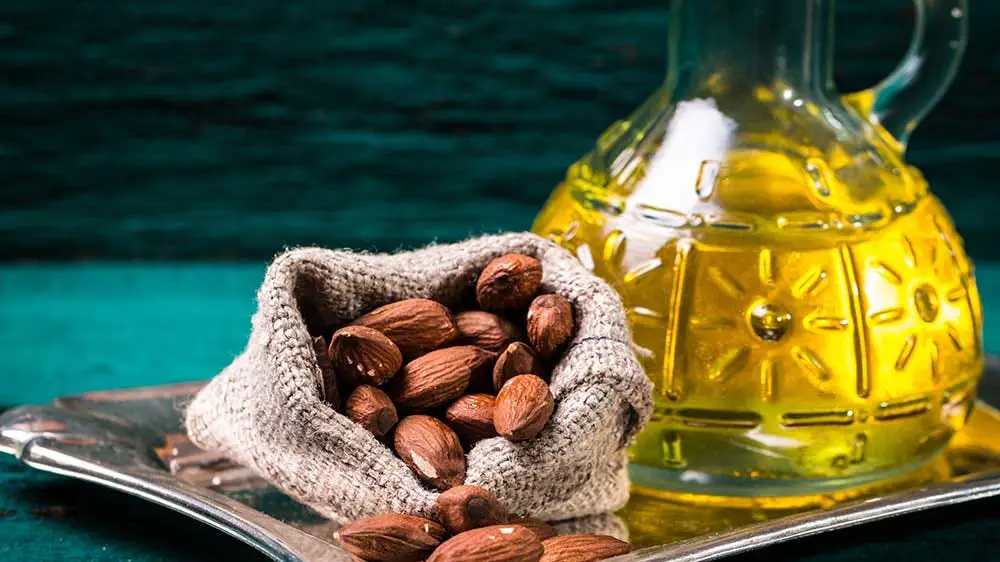How to Make Almond Oil at Home for Beauty Use?
Are you a beautician looking for natural ways to improve your products and services? Knowing how to make almond oil can elevate your beauty treatments significantly. Almond oil is not only versatile but also packed with nutrients that promote healthy skin and hair. This article will guide you through the process of making almond oil at home and delve into its many benefits.
With its light texture and rich composition, almond oil has become a staple ingredient in various beauty routines. It is known for its ability to moisturize and nourish the skin, making it a popular choice among beauticians. By learning how to make almond oil, you can offer your clients a natural alternative that highlights your commitment to herbal solutions.

Understanding the Benefits of Almond Oil
Before diving into the how to make almond oil process, lets explore some impressive benefits of this oil:
- Moisturization: Almond oil penetrates the skin easily, providing deep hydration.
- Anti-aging: Its antioxidant properties help combat signs of aging.
- Soothe Skin Irritation: Almond oil can soothe and reduce inflammation.
- Rich in Nutrients: It contains essential vitamins that promote overall skin health.

The Process of Making Almond Oil
Now that you know the benefits, lets get straight into the steps involved in how to make almond oil.
Ingredients Required
- Almonds (Sweet, preferably organic)
- Cheesecloth or fine strainer
- Airtight container for storage
- Olive oil (optional, for extraction)
Step-by-Step Instructions
Follow these simple steps to make your own almond oil:
- Preparation of Almonds: Start with raw almonds. Soak them in water overnight to soften.
- Blending: Drain the soaked almonds, then blend them in a food processor until you get a fine paste. Optionally, you can add a bit of olive oil during this step to facilitate blending.
- Oil Extraction: Place the almond paste in the cheesecloth and twist to squeeze out the oil. Be patient as this may take some time.
- Storage: Pour your extracted almond oil into an airtight container. Its best to store it in a cool, dark place.
Incorporating Almond Oil into Beauty Treatments
As a beautician, knowing how to make almond oil opens up various avenues for using it in your treatments. Here are some ways to integrate almond oil:
- Facial Moisturizer: Use as a natural moisturizer for all skin types.
- Hair Treatment: Apply as a deep-conditioning treatment for dry hair.
- Massage Oil: Combine with essential oils for a soothing massage blend.
Safety and Precautions
While almond oil offers numerous benefits, it's essential to be aware of some precautions:
- Always conduct a patch test to check for allergic reactions.
- Store the oil away from direct sunlight to prevent rancidity.
- If you ever feel irritation after using almond oil, discontinue use immediately.

Frequently Asked Questions
Is homemade almond oil as effective as store-bought?
Yes, homemade almond oil can be equally effective, but ensure you use high-quality almonds and proper extraction methods.
Can I use almond oil for cooking?
While almond oil has culinary applications, this article focuses on its beauty benefits. However, ensure you use sweet almond oil for cooking.
What is the shelf life of homemade almond oil?
Homemade almond oil can last for about 6-12 months if stored properly in a cool, dark place.
Conclusion
Learning how to make almond oil not only enriches your beauty offerings but also allows you to provide clients with organic, natural solutions. Its myriad benefits, from moisturizing skin to promoting healthy hair, make it an invaluable ingredient in your beauty kits. By taking this step towards natural beauty, you can stand out in a competitive industry.
For more insights into oil-making processes, you can check out how to make soybean oil.
As an Amazon Associate, I earn from qualifying purchases.
As an Amazon Associate, I earn from qualifying purchases.

